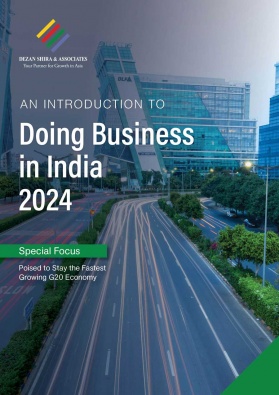India Hopes to Replace Minimum Wage with Living Wage Standard by 2025: What We Know
India is working with the ILO to establish a living wage standard that covers housing, healthcare, food, education, and clothing expenditure. The aim is to have this ready by 2025.
India is seeking technical assistance from the International Labour Organization (ILO) to bolster its capacity for systemic data collection, a move intended to establish a framework for calculating and implementing a living wage. The country aims to transition from the minimum wage to the living wage by 2025. Living wages, designed to exceed basic minimum wages, are intended to provide workers with income sufficient to cover essential social expenditures such as housing, food, healthcare, education, and clothing.
The ILO’s recent endorsement of the concept of a living wage, following an agreement reached during a Meeting of Experts on wage policies in February and subsequently ratified by the ILO’s governing body on March 13, as reported by the Economic Times, underscores the global momentum toward uplifting millions out of poverty and safeguarding their well-being.
Adopting living wages would be pivotal for India to achieve its sustainable development goals, cater to the aspirations of its vast working population, and facilitate upward mobility. While higher standards of living could yield positive spillover effects in the economy, including increased consumption and improved skill development, this transition alone may not suffice to narrow India’s significant and widening inequality gap. Nonetheless, it would elevate more individuals to a higher economic starting point. If India aspires to attain the status of a developed economy, it must not rely solely on cheap labor.
Presently, India’s workforce exceeds 500 million individuals, with roughly 90 percent employed in the unorganized sector, leaving them outside the ambit of social security protections. Many in this demographic earn a daily minimum wage of INR 176 (US$2.11) or more, subject to state regulations and occupation. However, this national floor-level minimum wage (NFLMW) has remained stagnant since 2017 and lacks enforceability, potentially resulting in lower wages across various Indian states. Despite the ratification of the Code on Wages in 2019, which promises to establish a mandatory minimum wage nationwide, its implementation remains pending.
Discussions on raising the minimum wage were deferred amid the challenges posed by the COVID-19 pandemic. In 2019, the Anoop Satpathy panel proposed a minimum wage floor of INR 375 per day. Currently, a new panel is reportedly crafting a report to determine a revised wage floor.
A living wage considers essential expenses such as housing, clothing, food, education, healthcare, and overall standard of living. In contrast, minimum wages are based on labor productivity and skill levels, making living wages higher. India’s commitment to achieving the Sustainable Development Goals (SDGs) by 2030, particularly the goal of promoting decent work and economic growth, underlines the importance of this transition.
The NFLMW is currently determined based on a formula linked to poverty line estimates established in 1970 by the erstwhile Planning Commission. However, critics argue that this methodology fails to account for changes in spending patterns over the years. According to the Economic Survey 2022-23, the real wage growth in India has been negative despite nominal wage increases, primarily due to inflation.
India is a founding member of the ILO and a permanent member of its governing body since 1922.
Also read
- A Guide to Minimum Wage in India in 2023
- India’s Per Capita Income for 2022-23 Doubles from 2014-15, but Wealth Unevenly Spread
- Previous Article India’s Regulation of AI and Large Language Models
- Next Article Outlook for the Flexible Workspace Sector in India








